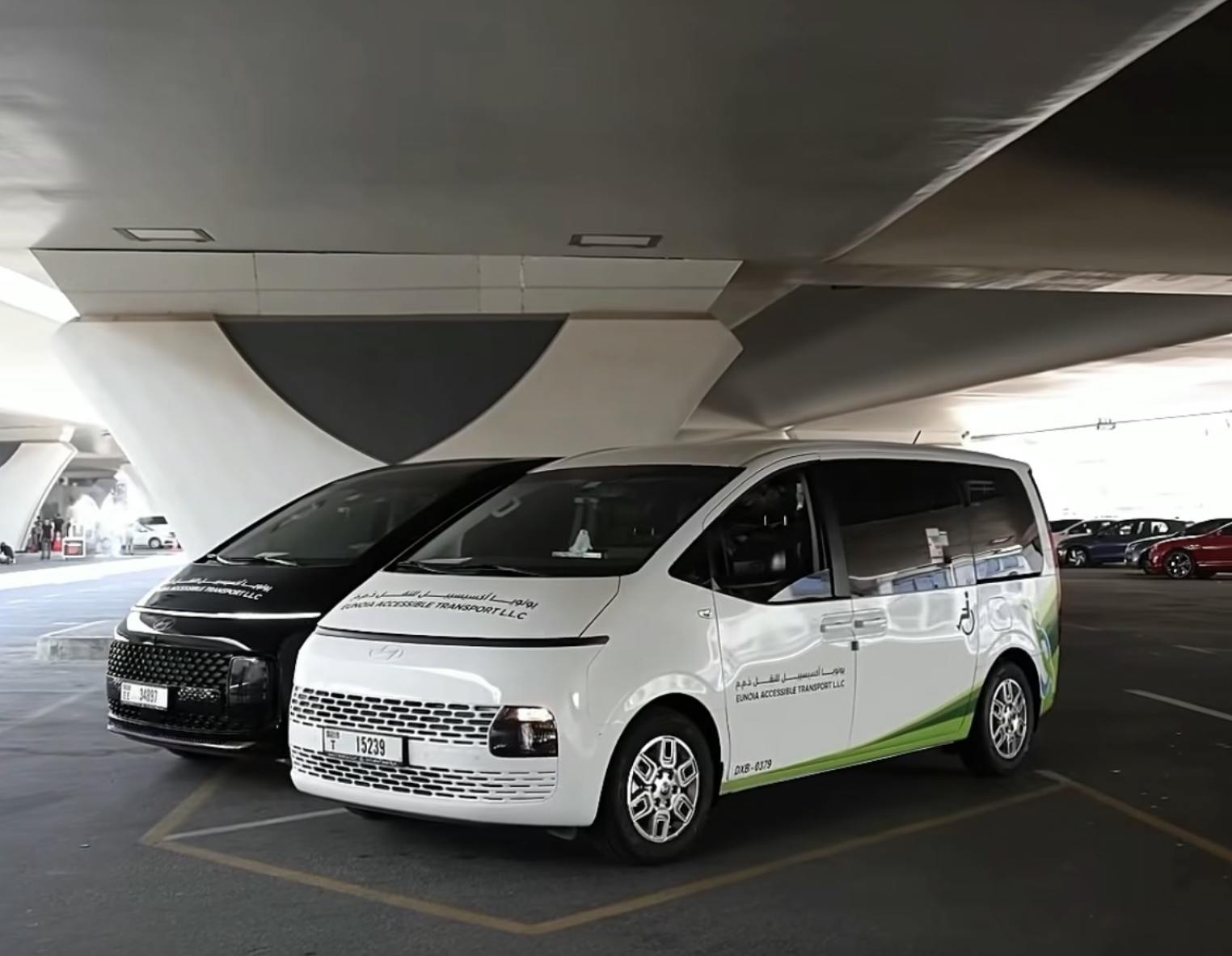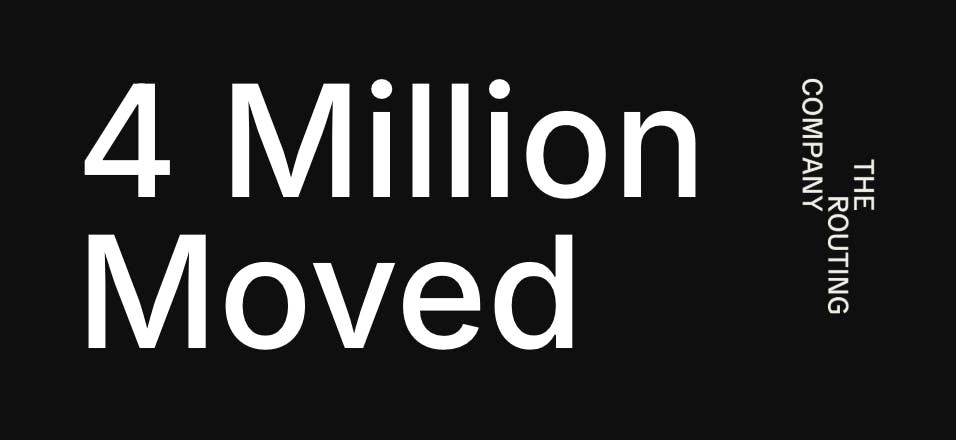
Which On-Demand Funding Streams Are Available in the United States?
Providing on-demand transit is one of the innovative ways in which public transit agencies seek to meet community mobility needs. On-demand transit is also an effective means of:
- improving equity and affordability;
- building city livability;
- increasing accessibility; and
- reducing carbon emissions.
Thanks to some new government programs, there are now plenty of funding streams to help transit agencies implement on-demand services. Here are just a few funding options available to public transit agencies in the United States.
Funding Types
Transit agencies are supported by a number of funding types and tax incentives – and the U.S. is a leader in this space. Current funding opportunities exist at federal, state, and local levels. They include:
- formula funds;
- competitive grant programs;
- farebox revenue; and
- third-party revenues (for example, from advertising or private partnerships).
In 2021, President Biden signed into law the Infrastructure Investment and Jobs Act (“IIJA”), which provided a dramatic increase to federal funding for both formula and competitive grant programs, including the largest federal investment in public transit in U.S. history. The IIJA also introduced a variety of new programs to help state and local governments recover from the pandemic and invest in the future of transportation.
Many of these programs require grantees to show how they are improving social outcomes through the use of the funds. In some cases, grantees will need to demonstrate how they are reconnecting communities that have been negatively impacted by the proliferation of highways and car use or how they are making smart investments in greener transportation alternatives to reduce carbon emissions. Since on-demand transit is a key tool to achieving these outcomes, it’s an explicitly authorized solution in many programs and a potential solution in many others.
What’s more, as the once-in-a-generation IIJA funding continues rolling out, many states are looking at creating sources of funding to allow potential grantees to meet local match requirements. Some states are creating innovative mobility programs of their own.
Formula Funds
Federal Transit Administration (“FTA”) formula funds are traditionally allocated to state governments, which in turn distribute funds to different local entities. The major transit formula programs are:
- Urbanized Area Formula Grants: intended for urban areas of all sizes;
- Rural Area Formula Grants: intended for regions with lower population density; and
- Funding for Enhanced Mobility of Seniors & Individuals with Disabilities: intended to help agencies improve mobility for these individuals specifically.
On-demand transit operations can be supported using these formula funds. In some cases, capital start-up costs and software acquisition can also be covered by formula funds.
Competitive Funds
In addition to formula funding, competitive grants are a great way for agencies to expand or kickstart on-demand services. Both the FTA and the Federal Highway Administration (“FHWA”) administer discretionary grant programs that can directly support on-demand transit. Many of these programs have specific objectives and goals that relate to innovation.
For example, the FTA and FHWA look for grant applications that show how emerging technologies can improve transportation safety, mobility, intermodal connectivity, and efficiency. On-demand transit is a perfect tool to demonstrate commitments to those objectives. Similarly, transit plays a crucial role connecting people to jobs and the economy, and many funds ask for further evidence of how a grantee plans to enhance economic competitiveness or access to jobs. Always remember that grant reviewers aren’t familiar with your community, so it’s important to share your story about how on-demand transit will address these key challenges.
To apply for these types of grants, applicants must meet eligibility and program requirements that can be viewed on www.grants.gov and through the administering agency’s website when funding is announced. Applicants should register ahead of time so that they’re ready when an opportunity for funding arises.
Key Takeaways
There’s no shortage of funds available to support transit agencies that want to deploy on-demand transit services. In the US, funding types include:
- formula funds;
- competitive grant programs;
- farebox revenue; and
- third-party revenues (for example, from advertising or private partnerships).
The Routing Company is happy to work with you to find potential grants that align with your needs. Contact us today for advice on how to create a successful application and to explore what resources might be available for you.


